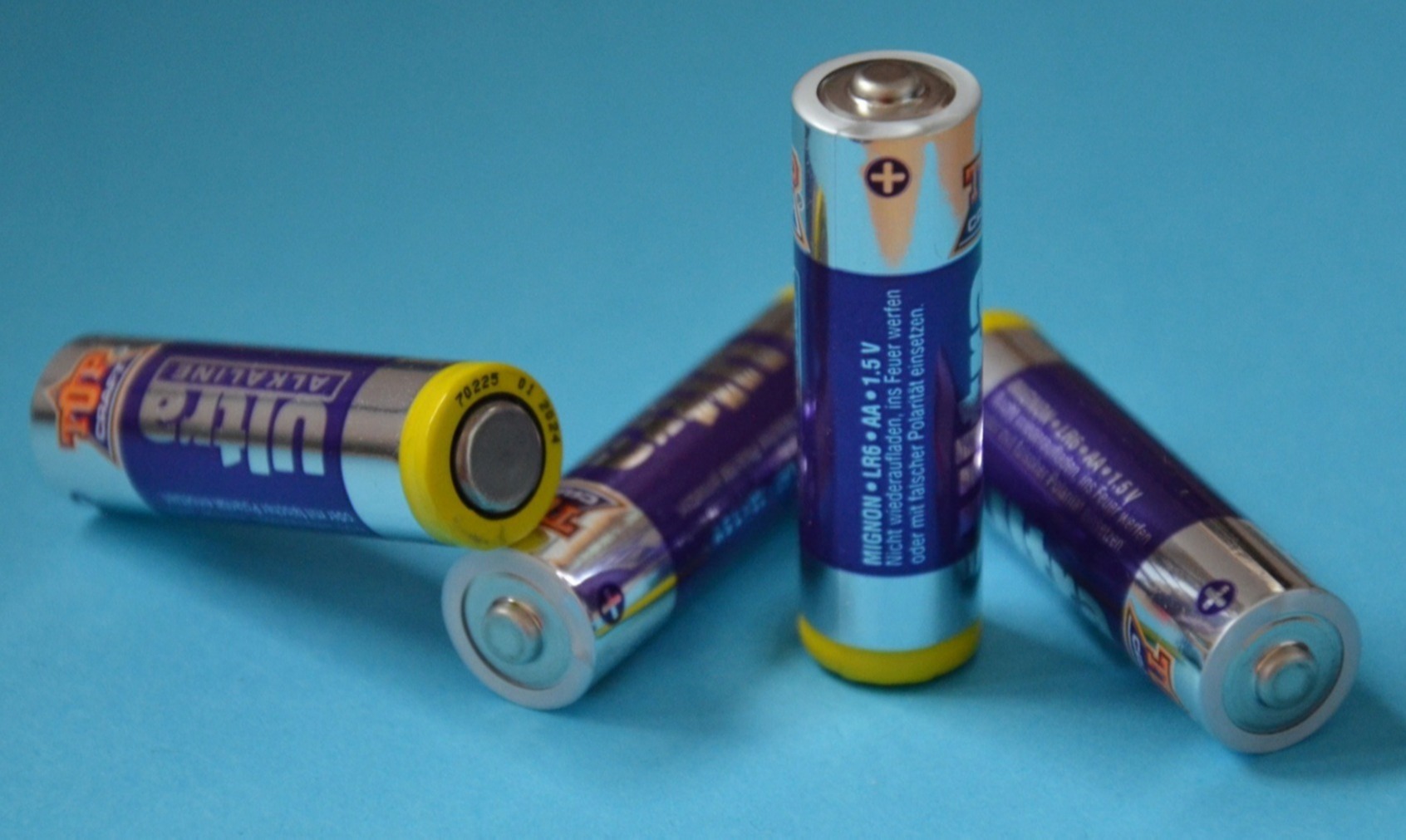
Background
Lithium ion batteries have powered many important devices during their development over the past several decades, such as pace makers and other bio-medical devices. Devices such as these are very reliant on lithium batteries because they are able to be used for a long duration of time, can withstand a multitude of physical apparatuses, and do not relay on charge very often. However, batteries are able to be improved further, with the addition of new elements.
Technology
Researchers have developed a dual-function battery. The technology includes a self-assembled, self-restoring, solid-state battery based on a silver-containing ionic conductor. As both silver and lithium are introduced in the battery, a self-restoring action is processed to reinvigorate the battery with depleted cells. A layer within the battery itself also serves as both a separator and electrolyte within the battery, during the chemical process.
Advantages
-More efficient -Less maintenance -Greater durability -More resourceful
Application
-Batteries -Chemical science -Material science -Manufacturing -Renewable energy
Inventors
Esther Takeuchi, Distinguished Professor, Material Science & Chemical Engineering
Kenneth Takeuchi, SUNY Distinguished Professor, Chemistry
Amy Marschilok, Research Professor, Material Sciences & Chemical Enginneering
Licensing Potential
Licensing
Licensing Status
Available for licensing
Licensing Contact
Donna Tumminello, Assistant Director, Intellectual Property Partners, donna.tumminello@stonybrook.edu, 6316324163
[WO2017/023884 A1](https://patentscope.wipo.int/search/en/detail.jsf?docId=WO2017023884)
Tech Id
8675
